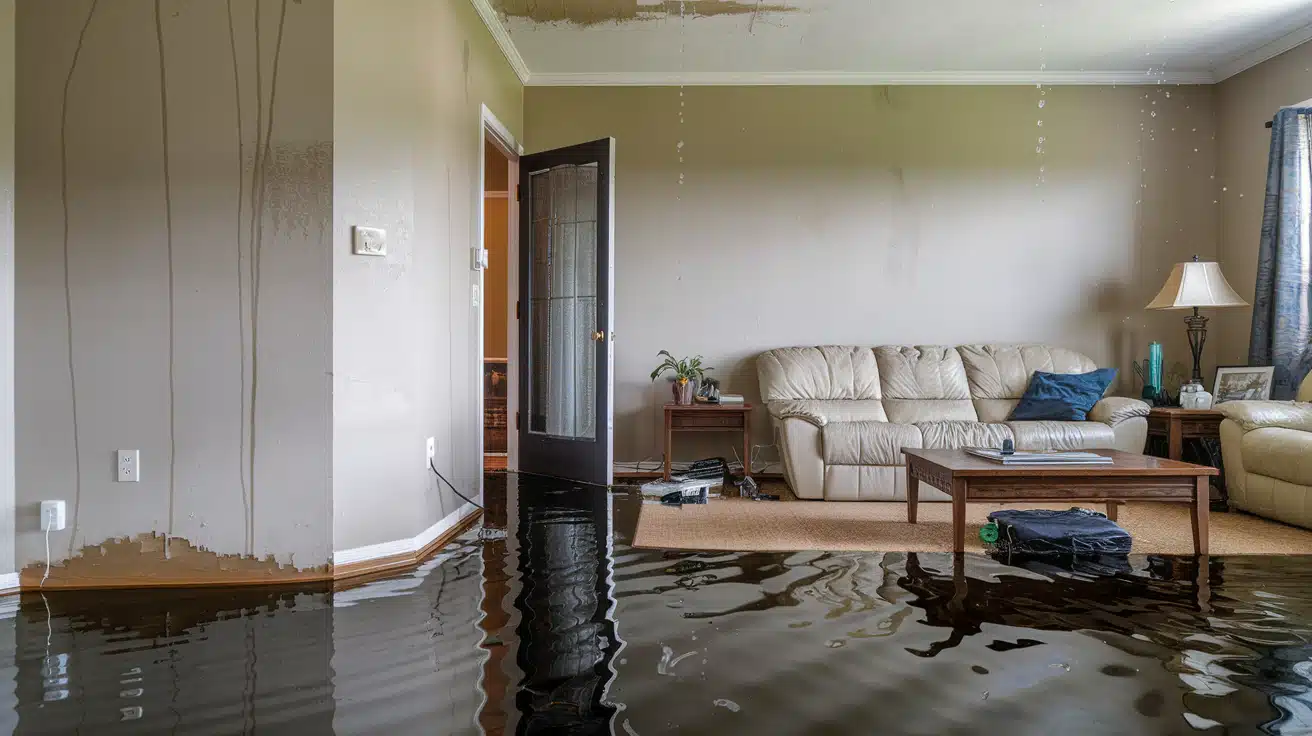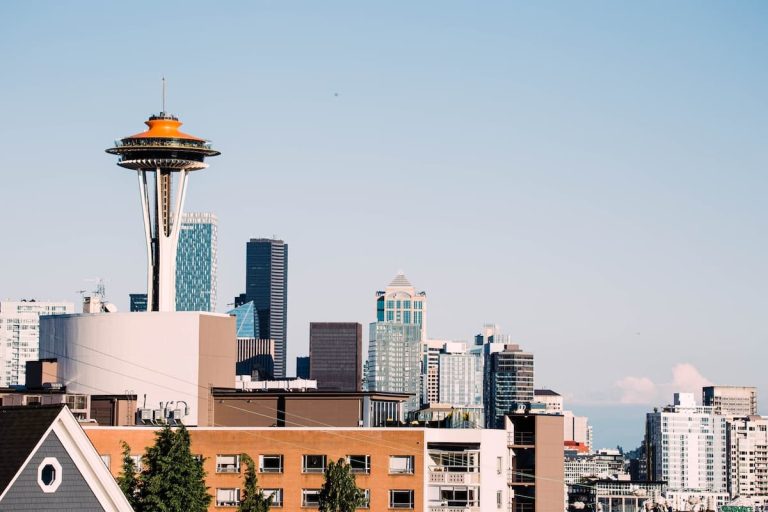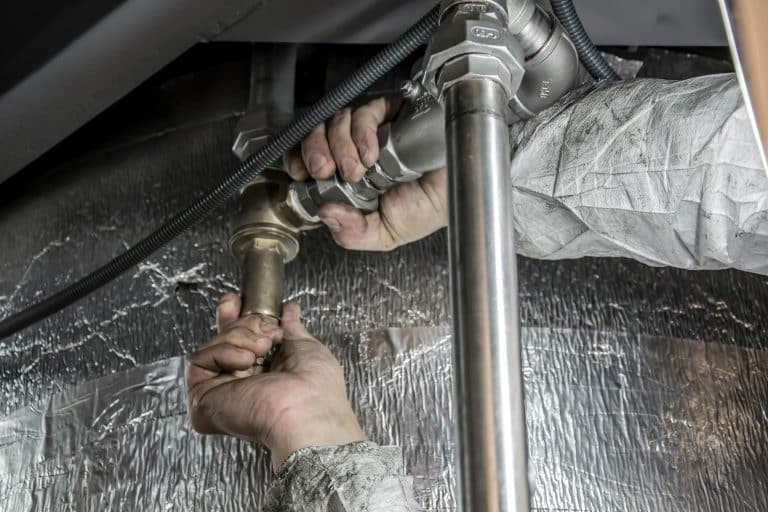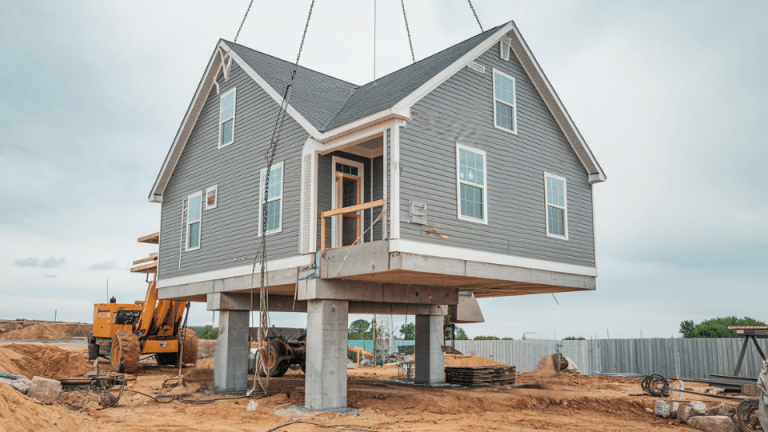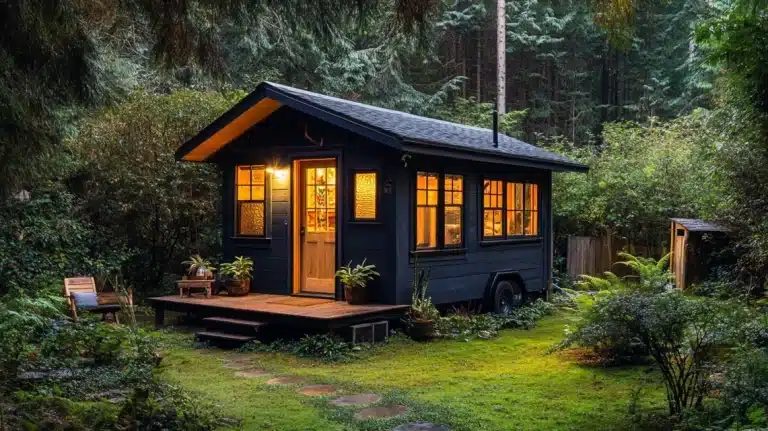What to Do When Your House is Flooded from a Burst Pipe
A flooded house from a burst pipe can turn your day upside down in seconds. Water gushes through your home, soaking everything in its path.
Your furniture, floors, and precious belongings sit in growing puddles.
Many homeowners freeze when they see water filling their rooms. The confusion and stress can make anyone feel lost. But quick action can save your home from serious water damage.
The good news? You can handle this situation with the right steps.
Taking control early helps protect your property and belongings from further damage.
In this guide, you’ll learn the exact steps to take when a burst pipe floods your house.
From stopping the water flow to cleaning up safely, we’ll show you how to handle this emergency like a pro.
Why Do Pipes Burst?
Water pipes can fail suddenly, leaving you with a flood in your home. Understanding why pipes burst helps you spot problems before they cause damage. Let’s look at the main reasons pipes break and what happens afterward.
Common Causes of Burst Pipes
- Freezing Temperatures: Water inside pipes turns to ice when temperatures drop below 32°F. As water freezes, it expands and puts pressure on pipe walls. This pressure builds up until the pipe cracks or splits open.
- Aging Pipes: Older homes often have pipes that have served for 50+ years. Over time, these pipes become weak and thin. Small cracks form in older pipes, making them more likely to break under normal water pressure.
- High Water Pressure: When water pressure exceeds 60 PSI (pounds per square inch), it strains your pipes. The extra force pushes against pipe walls constantly. This ongoing stress can cause pipes to crack, especially at joints and bends.
- Pipe Corrosion: Metal pipes rust over time when exposed to water and minerals. This creates rough spots and weak points in the pipe walls. Corroded areas break easily under regular water flow, leading to sudden bursts.
Immediate Steps to Take When Your House is Flooded
Step 1: Turn Off the Water Supply
When you spot flooding, find your main water valve. For most homes, it sits near the water meter, in the basement, or close to the street. Look for a large lever or wheel-shaped handle. Turn it clockwise until it stops moving.
A complete turn blocks water from entering your home through pipes. In apartments, you might need to contact building maintenance for help with the shutoff valve.
Step 2: Shut Off the Electricity if Necessary
First, spot your circuit breaker box location, often in basements, garages, or utility rooms. Put on rubber-soled shoes if available. Power must go off if water reaches above electrical outlets or touches appliance cords.
Keep both hands dry and stand on dry ground. Pull the main breaker switch down firmly. Call an electrician immediately if water blocks safe access to your breaker box.
Step 3: Assess the Damage
Once you’ve secured the area, put on waterproof boots and gloves. Check each room methodically, starting with the water source.
Use your phone to take detailed photos and videos of all damage. Mark water lines on walls with a pencil to track levels. Open windows to start the air moving if weather permits.
Examine baseboards, drywall, and wooden furniture for watermarks. Look up often – wet ceilings might hide pooled water that could collapse.
Step 4: Contact a Professional Plumber
Get on the phone with a licensed plumber straight away. Tell them exactly where the pipe burst – which room, wall, or ceiling section. Describe how much water came out and if it’s still leaking.
Explain when the flooding started and list every room affected by water. Ask about their emergency response time and after-hours service rates.
Make sure to note down their expected arrival time and any safety steps they recommend while you wait. A skilled plumber can fix the immediate problem and spot other potential pipe issues before they cause trouble.
Remember: Leave pipe repairs to trained professionals, even if you’re handy with tools. The right expert can help prevent costly water damage and repairs later. While waiting for help, start moving valuable items to dry areas if you can do so safely.
How to Minimize Water Damage
Remove Standing Water Quickly
Grab all available towels, mops, and buckets to soak up standing water. Pull water from carpets and floors if you own a wet/dry vacuum.
Work from the outer edges of wet areas toward the center to prevent water from spreading further. Remove as much water as possible – even small amounts left behind can cause problems later.
Save Your Valuable Items
Start moving items away from wet areas immediately. Focus first on:
- Important documents and papers
- Electronics and electrical items
- Rugs and textiles
- Books and photo albums
- Small furniture pieces
Place aluminum foil or plastic blocks under the legs for heavy furniture you can’t move to keep them off wet floors. This helps prevent wood staining and furniture damage.
Speed Up the Drying Process
Open windows and doors to create airflow, weather permitting. Set up fans to blow air across wet surfaces – this speeds up drying and helps prevent mold growth. If you have a dehumidifier, run it continuously in the wettest areas.
Handle Wet Materials Properly
Remove wet items like cushions, curtains, and smaller rugs. Place them outside or in dry areas where air can circulate them. The faster materials dry out, the better chance you have of saving them.
Keep monitoring the situation while waiting for professional help. Look for signs of water seeping into new areas and move quickly to protect additional items if needed.
Long-Term Solutions to Prevent Future Flooding
1. Protect Pipes from Cold Weather
Wrap exposed pipes with proper insulation materials, especially in unheated areas like basements, attics, and crawl spaces. Pay special attention to pipes along exterior walls.
Add extra insulation when temperatures drop below freezing. Keep cabinet doors open during cold nights to let warm air reach pipes under sinks.
2. Schedule Regular Pipe Checks
Set up yearly inspections of your home’s plumbing system. A professional plumber will examine the pipes for small spots of moisture on walls or ceilings.
They’ll listen for unusual sounds when water runs and note any changes in water pressure. Discolored or rusty water from your taps often signals pipe problems.
Even tiny leaks at pipe joints can cause bigger issues to form. Getting expert eyes on your plumbing helps catch problems early before they cause serious damage.
3. Control Your Water Pressure
High water pressure puts extra stress on your pipes every day. Install a water pressure regulator if your home doesn’t have one.
Keeping pressure between 40 and 60 PSI helps protect your pipes and appliances. Make it a habit to test pressure levels yearly and adjust when needed.
4. Monitor Your Water Bill
Track your monthly water usage to spot potential problems. A sudden increase in your bill might mean a hidden leak somewhere in your system.
Getting familiar with your typical water use makes it easier to notice unusual changes. Many water companies now provide online tools that show your daily usage patterns.
5. Fix Small Issues Fast
Take care of minor leaks and drips as soon as you notice them – they often indicate bigger problems developing in your pipes.
Simple maintenance like replacing worn-out washers, tightening loose connections, and fixing small cracks can prevent major flooding issues later. Quick attention to small problems saves both money and stress in the long run.
How to Handle Insurance Claims After a Burst Pipe Flood
- Document everything before cleanup: Take clear photos and videos of all water damage before cleaning starts. Capture the burst pipe location, affected areas, and damaged items. Mark water levels on walls with pencil. Keep all receipts for emergency repairs and supplies.
- Contact your insurance provider: Call your insurance company immediately. Get your claim number and representative’s contact information. Ask about coverage limits and required steps. Find out if your policy includes temporary housing costs if needed.
- Work with Professional Cleanup Services: Your insurance provider might recommend specific cleanup companies. These experts use proper equipment to remove water and dry your home. They’ll provide detailed reports about moisture levels and damage. Their documentation helps support your insurance claim.
- Track All Communication: Keep records of every conversation with your insurance company, including dates and names. Save emails and written documents. Send requested information promptly and maintain copies for your records.
- Review the Settlement: Check that the insurance company’s offer covers all documented damage. Compare their repair estimates against your records. Ask questions about any differences. Don’t sign the settlement until you fully understand and agree with the terms.
Conclusion
Quick thinking and the right steps can make a big difference when water fills your home.
By turning off the water supply immediately, calling professionals promptly, and starting cleanup right away, you’ll help limit damage to your property.
Regular maintenance of your plumbing system and watching for early warning signs lets you stop problems before they start.
Remember, dealing with insurance claims takes patience and good record-keeping.
Save all documents, take plenty of photos, and stay in touch with your insurance provider throughout the process.
A burst pipe can feel overwhelming, but you now know to handle this situation.
With these steps in mind, you can confidently face plumbing emergencies and protect your home when every second counts.

